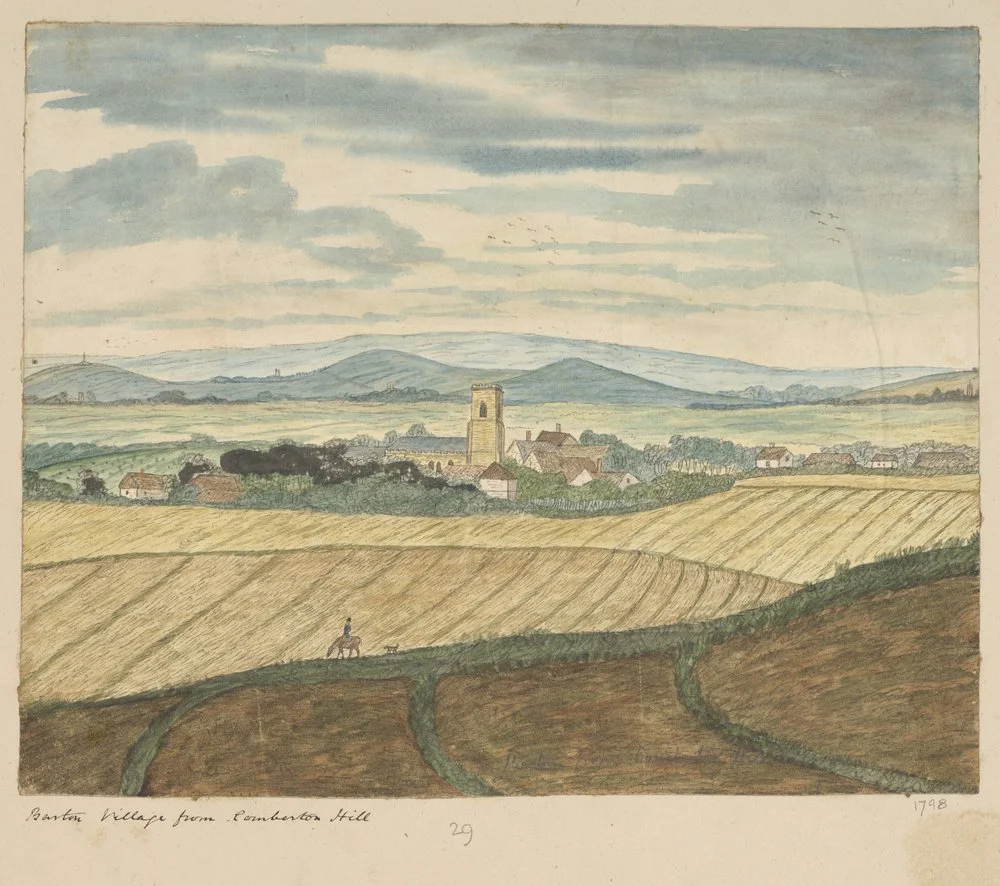ARCHITECT JOHN MEUNIER'S 'ON INTRICACY'
Theories of architecture, what it’s for and how it should emerge crowd the history of mankind’s methods of making buildings back to the days of antiquity. The discovery of Pompeii’s ruins had 19th century architects scampering down to Naples to see for themselves what an ancient city might look like – and thence back to Paris to participate in the post revolutionary Empire renewal of the city. The now seedy Gare du Nord was once the lofty realization of a perceived ancient style.
In his book ‘On Intricacy’ John Meunier, a man with a fine sense of philosophical thinking and deep understanding of the historical ideas from humanism and the neo-Platonic academy to theoretical treatises of the modern canon, Viollet le Duc, Frank Lloyd Wright are favourites, takes his own concept, the intricacy of the title, and runs with it through the ages and into his own carefully construed and nuanced work. The “On’ prefix sets the tone of the tome. It echoes treatises of the past from Boethius to Milton and makes no apology for a dense wealth of quasi-religious contemplative thought on his subject in which the word Intricacy could be swapped with ‘God’ without much loss of sense.
The book can be a challenging read and the dialectics of hermeneutics explored in the dialogue with editor Patrick Lynch are trying for the lay reader. But the book sparkles with life as lived.
I enjoyed the question and answers on John’s childhood and schooling. For example, his dismissal of the ‘wrong-headed’ idea that A Level physics and mathematics - and no humanities – might be requirements for admission to Architecture School. He rightly dismisses it as ‘confused thinking’. And there are delightful insights into his interests and adventures ( See page166 for a charming photograph of his Vespa scooter - shot apparently in the desert - on it he toured the USA for three months).
And it is the personal touches that make this book such a lovely thing. His fondness for tennis (he took it up at 14 years old to impress his now- wife Dotty) and his cricket and rugby experiences crop up in the chapter devoted to the building of Essex University Sports Pavilion. Of profound interest is the way John emerged from his unprivileged background , full of characters. and inspirations though it was, into a role in the world of architecture that has bookshops packed to the gunnels with his admirers as he makes his countrywide tour.
John has taught at Harvard and Cincinnati Universities and made astonishing long world tours in pursuit of his theories. One project -to discover how desert cities flourish globally, emerged from his fiftenn years at Arizona State University, Phoenix as he watched that desert town gradually adopt the deeply un-green solution of mass air conditioning.
Yet the School of Architecture here in Cambridge was where he began his professional life and where he stayed for ten years, and built his own house -with the help of University largesse - a deposit free 100% mortgage was a perk for teaching staff then.
The building of the Caldecote house is described in a combination of theoretical application - the house is Palladio/ Modernist/Brutalist - and domestic detail. It does not surpise me by the way, that John ’has always been fascinated by religious buildings’. He brings such a sense of considered reverence to his task of design and incorporates so many elements ranging from the prosaic (cupboard sizes) to the spiritual, the links with nature, weather, and human relationships are almost tenderly explored. Since it’s the book’s title, intricacy inveigles its way into every consideration but I sensed a more ambitious and profound ambition. It is not an exaggeration to say that John Meunier touches the transcendent in his thoughts on architecture. He is a thinking architect for all time. Palladio and Michelangelo would have loved him with his scope and scholarship and his monastic intensity - yet he is unfazed by simplicity as well as intricacy in a Walden-like appraisal of the essentials of human needs.
Architecture has entered a discursive phase. Architects are often well known figures, who amiably explain their ideas in full, often design-assisted animated 3D clarity, shaped for the television documentary, illustrated for the lay audience. And government shaped committees are even now reporting how we should view building for the future, even asserting what people find acceptable - which rejects much of what architecture has been about nationally and internationally .
John Meunier has none of that leveled-down populism in his approach.’There is no short-cut to beauty’ he states firmly. He is a prophet, not crying in the wilderness, but gravely laying down his practical and aesthetic principles – see the open explication of an architect’s eight-fold method for candour and clarity in his book - whilst he declares a complex, intricate justification for architecture as the highest of art forms.
This book invites re-visits and will intrigue architects with its undeniable intricacy for generations.
John and Dotty - early days in Cambridge








